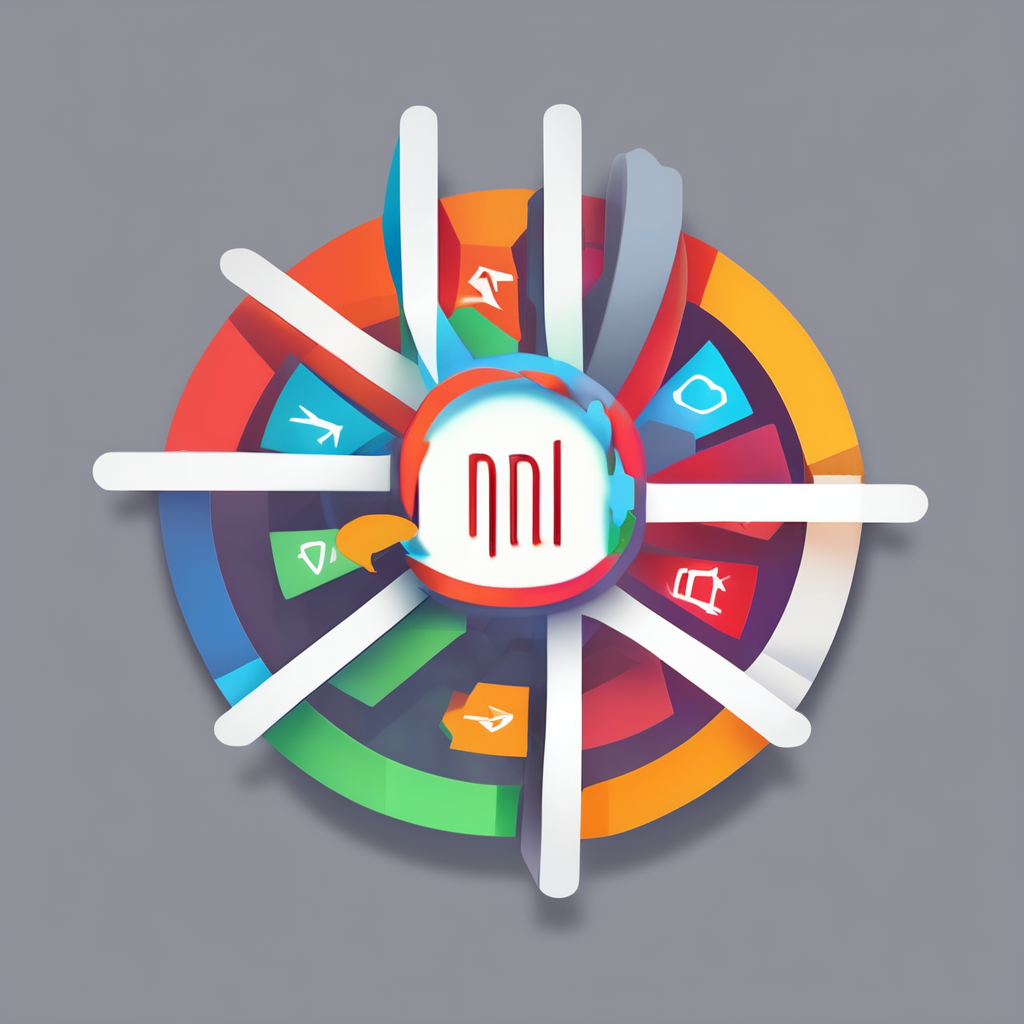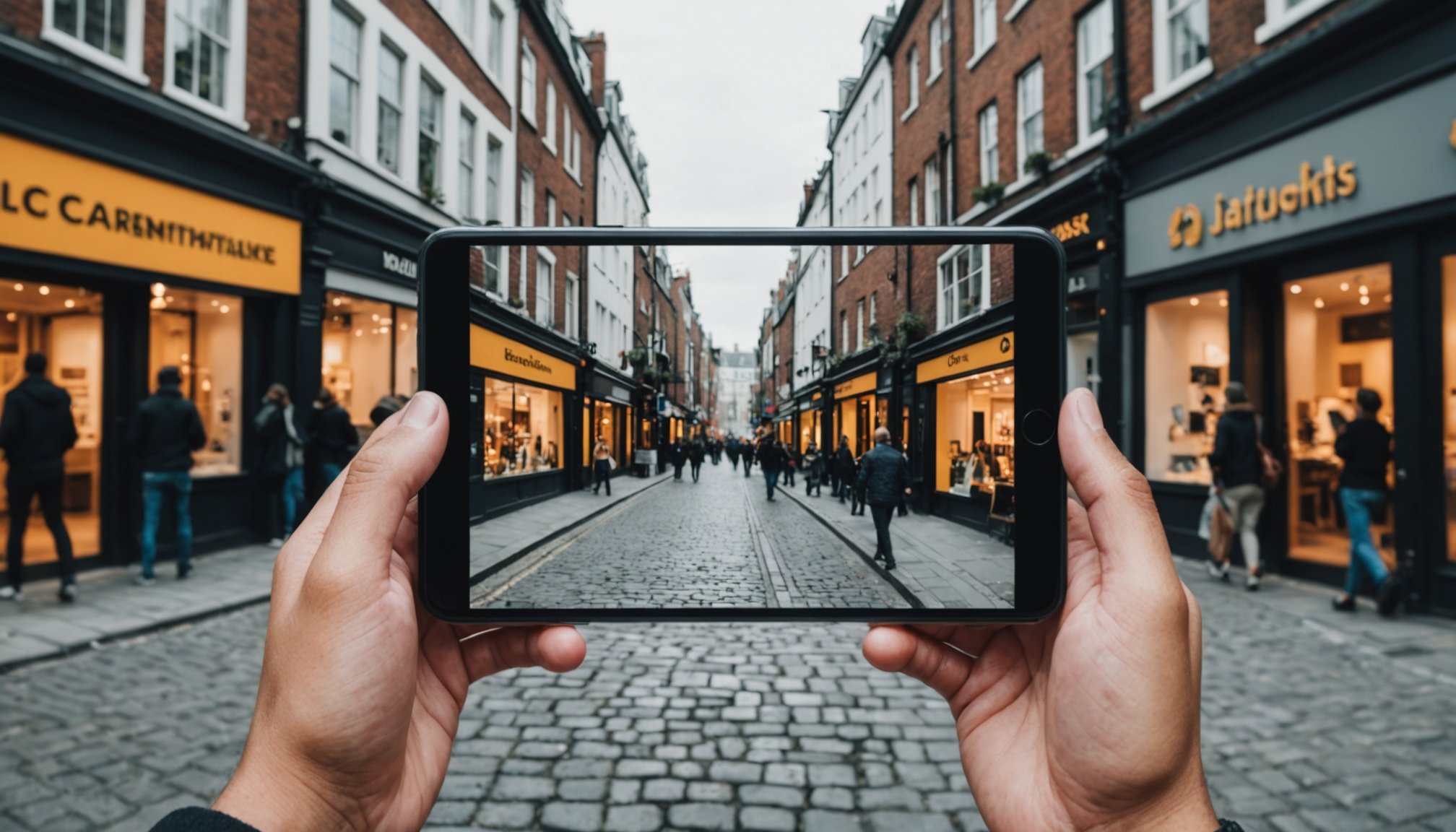Understanding Augmented Reality in Marketing
Augmented reality (AR) is revolutionising marketing by creating immersive marketing experiences that blend virtual elements with the real world. By overlaying digital content onto physical environments, AR applications allow brands to engage customers innovatively. This technology’s relevance in marketing stems from its ability to enhance customer experiences by making interactions more dynamic and personalised.
One way AR enhances customer experiences is by offering interactive features that attract attention and foster deeper connections with brands. Imagine trying on clothes virtually or visualising furniture in your living room using your smartphone. Such AR applications help customers make informed decisions by providing tangible visualisations that traditional marketing methods cannot.
Additional reading : Exploring cutting-edge voice search optimization techniques in digital marketing
In the realm of immersive marketing, several brands have successfully employed AR to captivate their audiences. For example, IKEA’s Place app lets users see how furniture fits into their actual rooms, addressing fitting concerns and boosting confidence in purchases. Similarly, L’Oreal’s Makeup Genius app enables virtual makeup trials, creating an engaging yet practical cosmetic shopping experience. These real-world examples demonstrate the transformative power of AR in marketing, offering valuable lessons for brands aiming to leverage this technology effectively.
Benefits of Implementing Augmented Reality in Marketing
Augmented reality (AR) offers numerous benefits for marketing, chiefly by boosting customer engagement. AR creates vivid, interactive experiences that captivate consumers more than traditional methods. For instance, a virtual tour of a car or a house allows customers to explore details, invoking curiosity and sustained interest.
This might interest you : Integrating video marketing for maximum impact in your digital strategy
One of AR’s profound impacts is on brand loyalty. By crafting memorable encounters through AR campaigns, brands can intrigue customers and make them more inclined to return. Just like the gaming industry keeps players hooked with engaging environments, marketers can use AR to create immersive narratives that enhance brand recall and loyalty.
Moreover, AR can drive sales growth and conversion rates by providing real-time, practical solutions that encourage purchasing decisions. Visualising products within one’s personal space or trying virtual samples can significantly influence buying behaviour. Hence, a business that implements AR effectively can anticipate augmented sales figures and higher customer satisfaction rates.
Ultimately, AR not only enriches the consumer experience but also strengthens brand connections, leading to long-term benefits. As this technology evolves, it’s imperative for brands to harness its potential in thoughtful and strategic ways.
Case Studies of Successful Augmented Reality Marketing Campaigns
Augmented reality has provided brands with the means to launch captivating, successful campaigns. These campaigns often transform how customers interact with products and services. Let’s explore a few exemplary cases that epitomise the power of AR in marketing strategies.
Case Study: IKEA Place App
The IKEA Place app revolutionised shopping for home furnishings by allowing customers to visualise how over 2,000 furniture items would look and fit in their homes before making a purchase. This AR application not only addressed common buying hesitations but also enhanced user engagement by integrating seamlessly with everyday shopping experiences.
Case Study: L’Oreal Makeup Genius
L’Oreal’s Makeup Genius app exemplifies how cosmetics shopping can be transformed through AR. Customers can virtually try on different makeup products to see how they would look in real life, fostering a more personalised shopping experience that has led to increased brand loyalty and sales.
Case Study: Pepsi’s Unbelievable Bus Shelter
Pepsi’s Unbelievable Bus Shelter is a renowned example of AR used for outdoor advertising. This campaign created an immersive experience by transforming a mundane bus stop into an interactive portal that captured public attention, demonstrating AR’s potential in elevating commuter experiences while boosting brand visibility.
Best Practices for Integrating AR into Marketing Strategies
Incorporating augmented reality into marketing strategies demands cautious planning and execution to ensure optimal results. To produce high-quality AR content, marketers should consider the following best practices. Firstly, focus on the quality of visuals to guarantee seamless and realistic immersive marketing experiences. Crisp graphics not only attract but also keep users engaged.
Understanding your target audience’s needs is paramount. Comprehensive market research should precede AR campaign development to tailor experiences that resonate with customers’ interests and preferences. This practice ensures that the AR application adds genuine value, fostering a transparent connection.
Seamlessly integrating AR with traditional marketing channels is crucial for maximising reach and effectiveness. One approach is combining AR with existing strategies like social media and email marketing. AR-enhanced print ads or QR codes leading to AR experiences offer new layers of interactivity, linking physical and digital realms.
While these strategies are promising, they require consistent monitoring and adaptations based on user feedback. Success hinges upon brands’ abilities to adapt, innovate, and enhance AR applications continually to suit an ever-evolving market landscape. Implementing these strategies ensures that AR initiatives remain both relevant and impactful in connecting with the audience.
Potential Challenges of Using Augmented Reality in Marketing
Implementing augmented reality in marketing is not without its challenges. One significant hurdle is the technical limitations that come with AR technology. Issues like poor compatibility with devices or lack of robust AR infrastructure can lead to subpar user experiences. Brands must invest in quality development to avoid these pitfalls and ensure seamless functionality across diverse platforms.
Another challenge is the need for consumer education regarding AR applications. Users unfamiliar with AR may find it challenging or intimidating. Thus, creating intuitive interfaces and providing clear instructions can enhance user comfort and acceptance. Educating consumers on the benefits and usability of AR capabilities is crucial for successful implementation.
Privacy and data usage considerations also pose hurdles. AR applications often require access to personal data and location services, raising concerns about privacy. It’s essential for brands to be transparent with data usage policies, ensuring that they comply with regulations and reassure consumers about data security.
In addressing these challenges, brands need a holistic approach—combining technical solutions with consumer education and stringent privacy measures—to smoothly integrate augmented reality into their marketing strategies while safeguarding user trust.
Future Trends in Augmented Reality Marketing
The future of augmented reality in marketing is brimming with potential, as continuous advancements in technology promise to shape the digital landscape. AR trends indicate that the integration of artificial intelligence and machine learning will soon play a pivotal role in crafting more personalised and immersive marketing experiences. These technologies will enable AR applications to adapt and respond more intelligently to user preferences and behaviours.
In the coming years, we can expect AR to transcend its current applications, moving towards more immersive marketing strategies. Brands will leverage AR trends to create richer, more interactive experiences that captivate audiences and deepen engagement. For example, evolving algorithms and AI capabilities may allow for hyper-personalised product recommendations tailored to individual users’ nuanced needs.
To stay ahead, brands must be proactive in understanding and deploying technology advancements. Incorporating AR trends can streamline customer interactions and enhance consumer experiences. As these trends unfold, the lines between reality and virtual interaction will blur even further, promising an exciting realm of opportunities for marketers eager to harness the full potential of AR.







